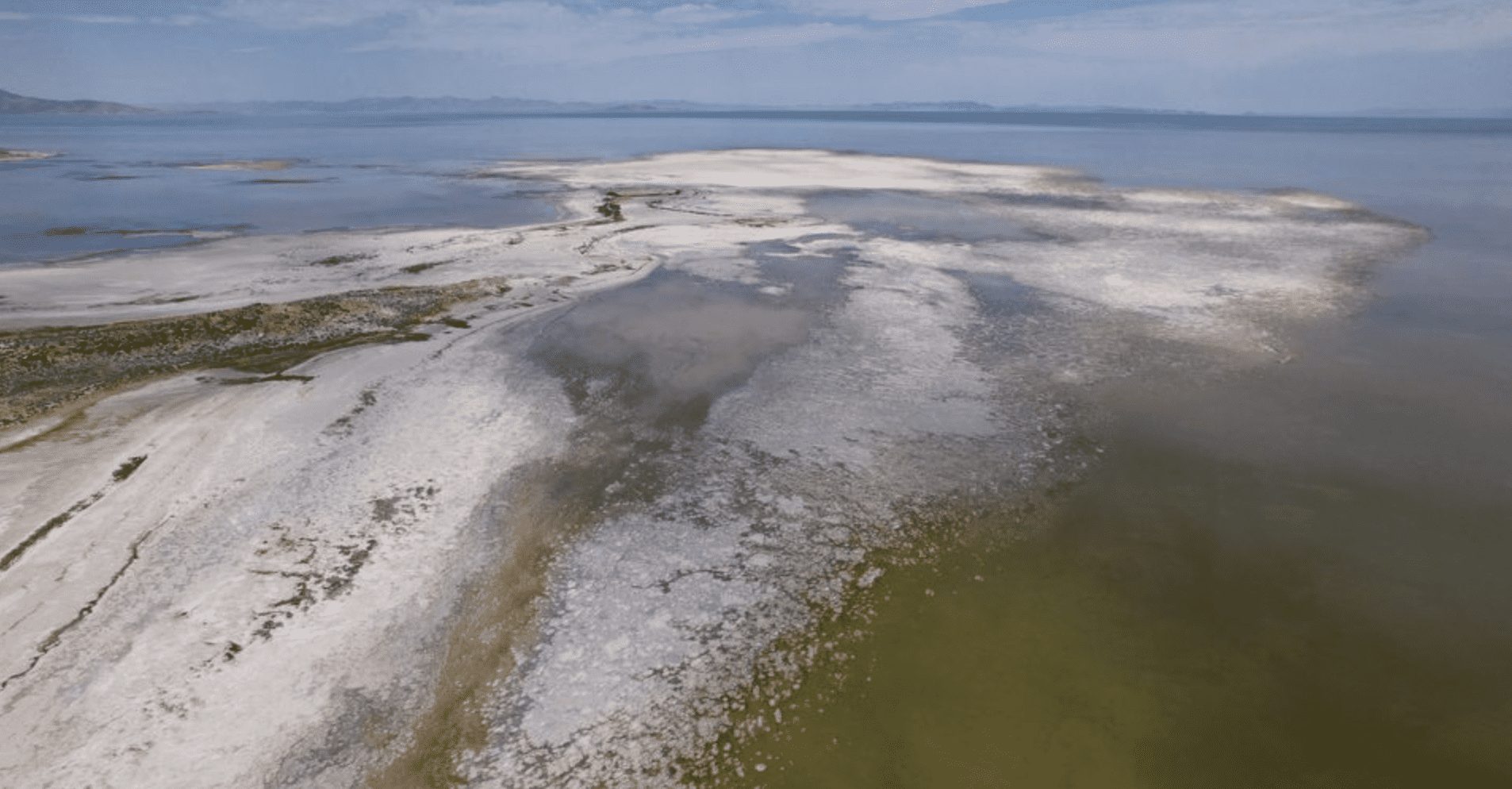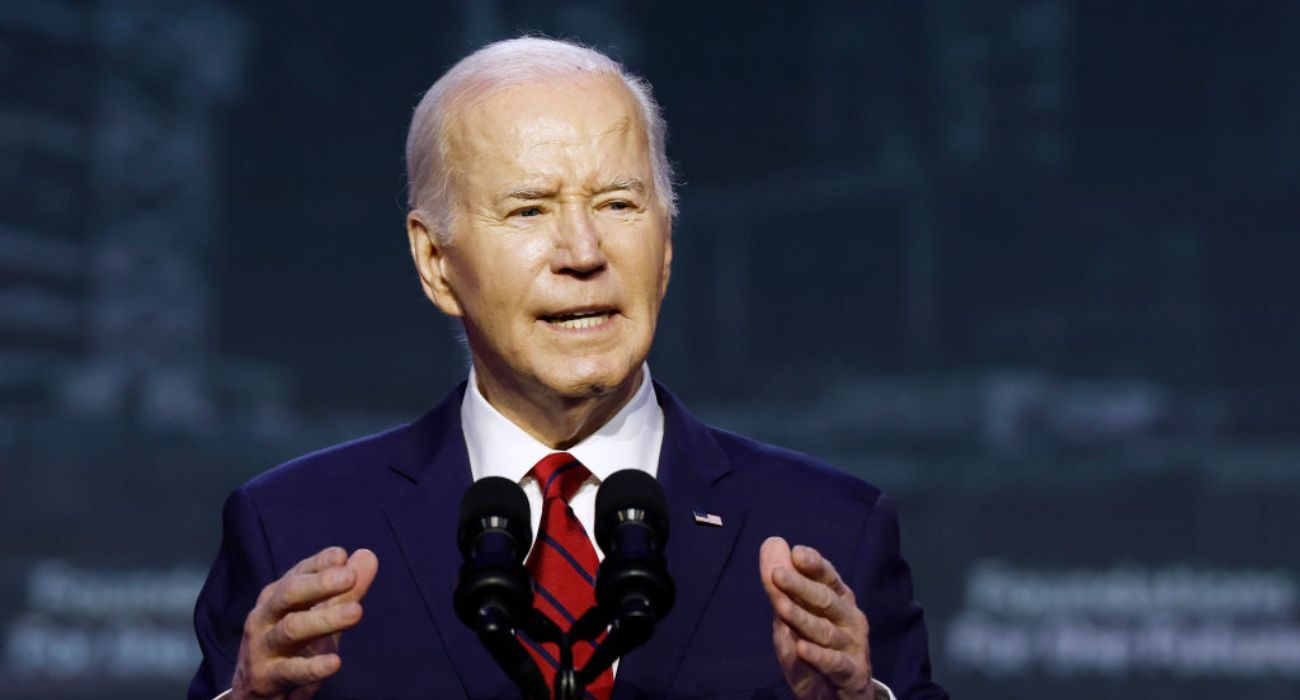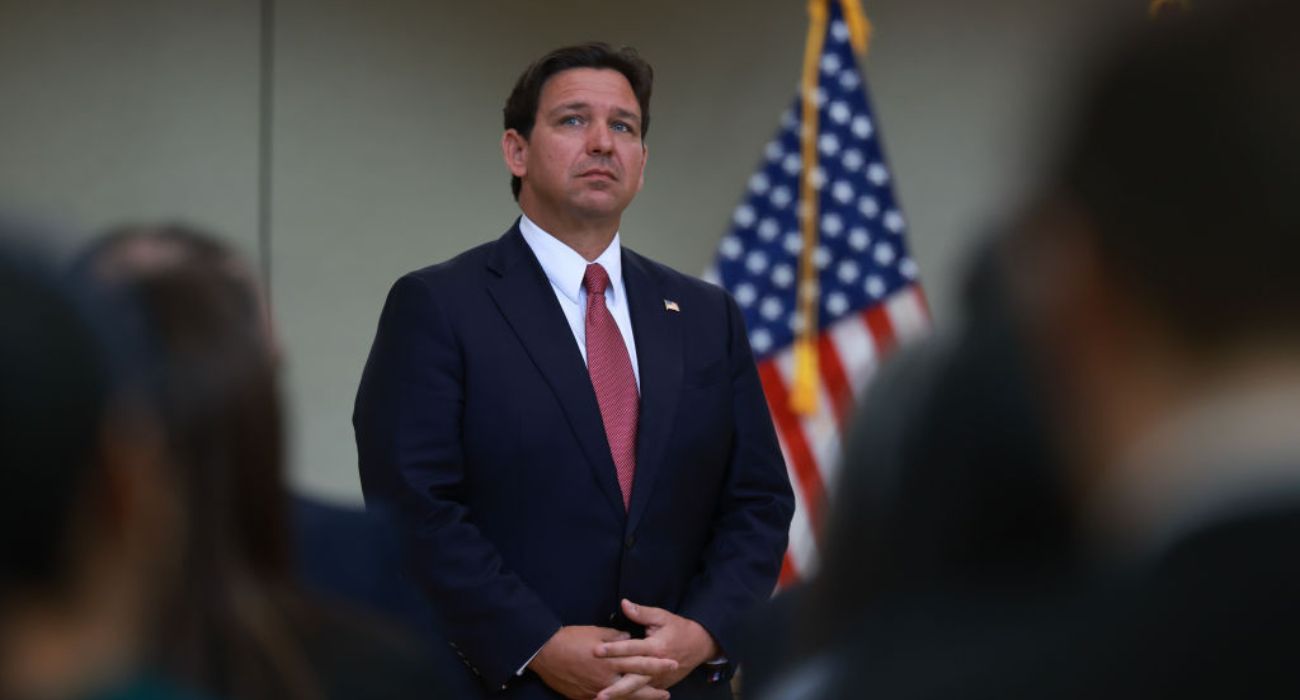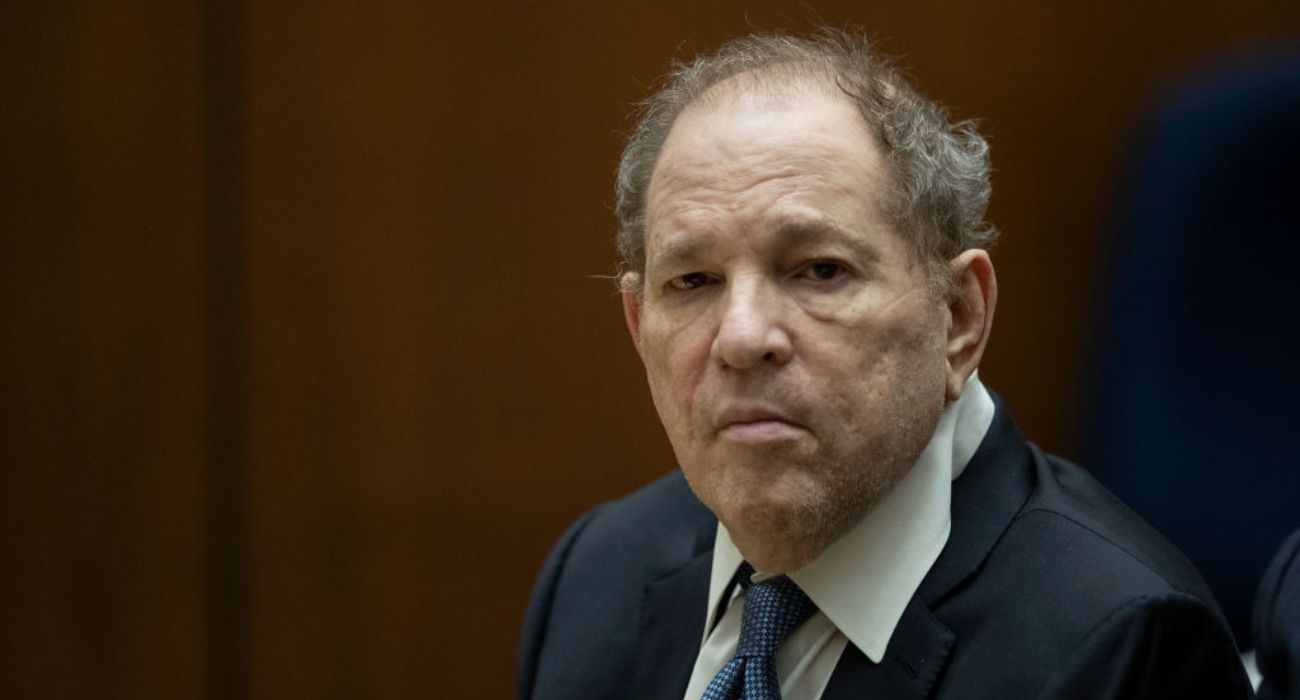Amid a two-decade drought, Utah’s Great Salt Lake reached its lowest level this month, marking a sad milestone as scientists and policymakers highlight serious concerns to people, wildlife, and the environment along its retreating shoreline.
“For years, the lake lapped right here,” says Ella Sorensen, looking at the gritty dried lake bed. “But I have watched it disappear over time.”
Sorensen manages the 3,597-acre Audubon Gillmor Sanctuary, located around 10 miles south of downtown Salt Lake City, an organization that engages in wetland preservation.
According to the U.S. Geological Survey, the lake’s surface size has decreased to around 950 square miles from 3,300 square miles as measured in 1987.
The unprecedented “megadrought” that has gripped the U.S. Southwest is to blame; it has been described as the region’s driest 22 years in at least 12 millennia. The majority of Utah is now experiencing “severe” or “extreme” drought conditions, according to the U.S. Drought Monitor.
The dilemma is exacerbated by the region’s expanding water demands as it becomes more developed. Dust storms are already a problem for the surrounding city of Salt Lake City, and experts fear they will only worsen.
Kevin Perry, an atmospheric scientist at the University of Utah, said, “To save the Great Salt Lake so that we don’t become Dust Lake City is to make a conscious choice that the lake is valuable and that the lake needs to have water put into it.”
Perry has been moving across the dried-up lakebed since 2016 to analyze its makeup.
Along with the current drought, water that would normally drain into the lake has long been diverted for use in industry, agriculture, and human consumption. These two influences have had a devastating effect.
The lake’s surface area has decreased by about half compared to the historical average, exposing the lakebed, which is 800 square miles in size and is bigger than the Hawaiian island of Maui.
Formerly submerged layers of the earth have whirled into dust clouds filled with calcium, sulfur, and arsenic, a naturally occurring substance related to cancer and birth abnormalities. Copper and silver mining waste also contaminate the exposed lakebed.
“If you breathe that dust over an extended period of time, like decades or longer, then it can lead to increases in different types of cancer, like lung cancer, bladder cancer, cardiovascular disease, diabetes, and such,” Perry said.
Humans are not the only species at risk. As the underwater reef-like structures dry up, there is less food for the brine shrimp, a vital source of nutrition for birds.
According to the Great Salt Lake Audubon, half of the redhead ducks that live in North America breed and stage here. Around 90% of the eared grebe population on earth congregates here to eat brine shrimp.
The shrimp are also collected as part of a multibillion-dollar brine business that contributes to the lake-based economy, which authorities peg at up to $2 billion yearly.
After public awareness and pressure to act increased, Governor Spencer Cox of Utah signed 11 pieces of legislation into law over water policy and conservation during the most recent legislative session. Long-term solutions would require the primary consumers — agriculture, industry, and municipalities — to use less water while contributing more to the lake.
A bill that would establish a $40 million water trust to raise or maintain the amount of water entering the Great Salt Lake and sustain its wetlands was passed by Utah lawmakers in March. Utah also became the first state in the U.S. to launch a statewide turf buyback program during this year’s session, allocating $5 million to reimburse citizens for removing water-intensive lawns and pay for conservation lessons.
Utah State Representative Tim Hawkes said, “As we hit these new record lows, we start to run the risk that all those values that we derive from the Great Salt Lake could be at risk. And that’s what’s driving this political pressure to do something.”







CHICKEN LITTLE can be heard yelling….CLIMATE CHANGE & GLOBAL WARMING…